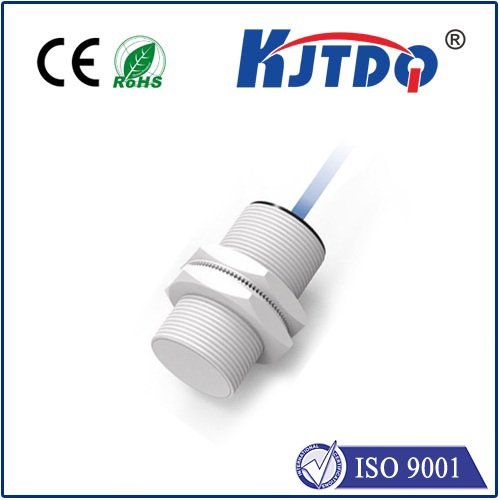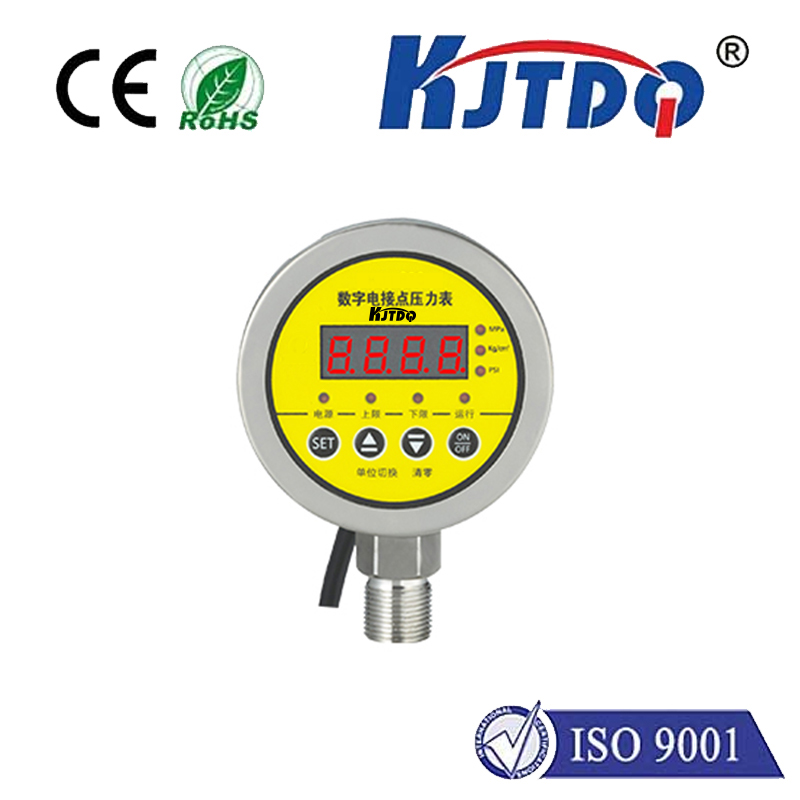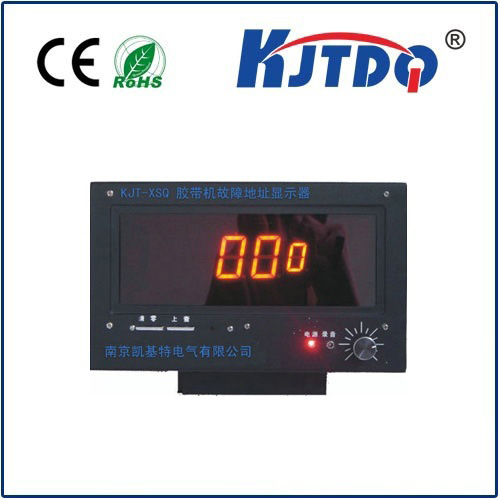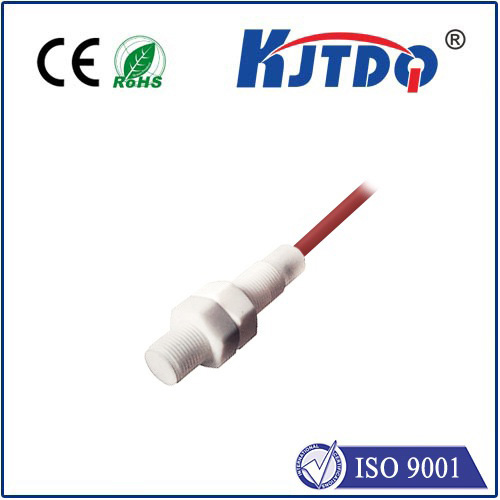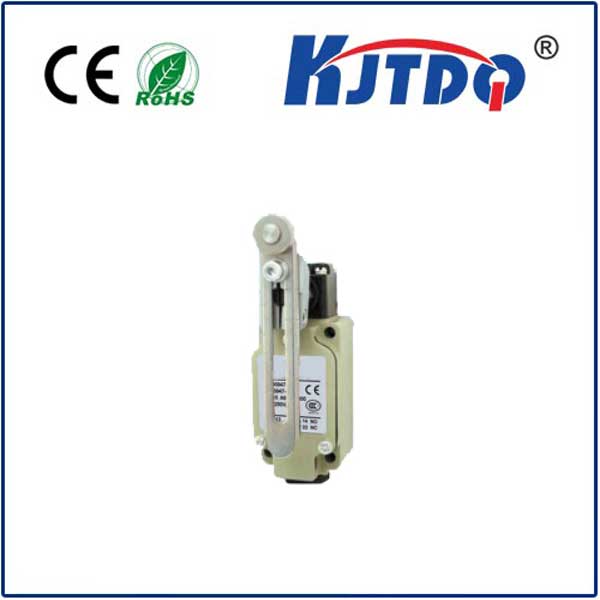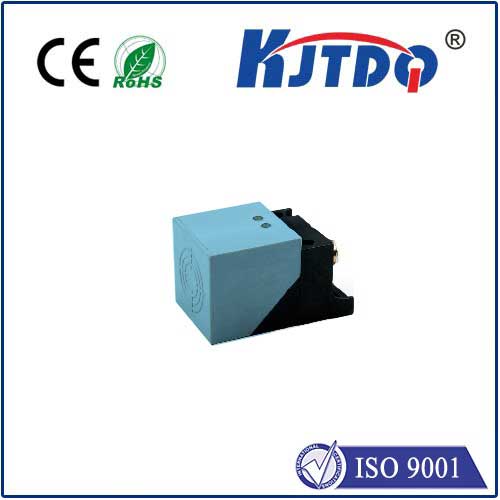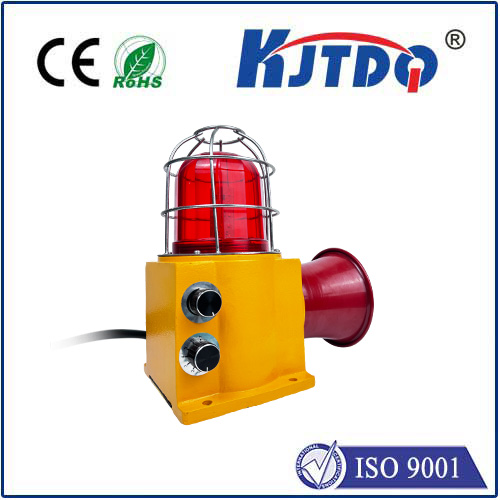
check

check

check

check
When it comes to industrial automation, one component that stands out for its reliability and functionality is the DPDT limit switch. This essential tool in modern machinery serves as a critical component in ensuring smooth operations while also providing a safety net against potential hazards. In this article, we will delve into the various applications and benefits of utilizing DPDT limit switches in different industries.
What is a DPDT Limit Switch?
A DPDT (Dual Pole Double Throw) limit switch is an electromechanical device that can detect the presence or absence of mechanical motion, such as reaching a preset position or encountering obstacles. The dual pole feature means that it controls two separate circuits, and the double throw refers to the ability to change the contact state twice as the actuator passes through its operating range. This unique design allows for greater flexibility and control in complex systems.
Applications Across Industries

DPDT limit switches are utilized extensively in manufacturing facilities where precision and repeatability are paramount. In conveyor systems, they signal when products have reached certain points for further processing or packaging. In robotics, they ensure that arms or grippers do not exceed their intended range of motion, preventing collisions and damage.
In construction equipment, such as elevators or hoists, DPDT limit switches monitor the height limits and prevent overshooting, which could lead to accidents or structural damage. They are also found in HVAC systems to regulate airflow by controlling dampers and fans based on temperature settings.
Benefits of Using DPDT Limit Switches
Their simplicity and robustness make DPDT limit switches a favorite among engineers. They require minimal maintenance and offer long-lasting performance under harsh conditions. Their accuracy is unmatched, ensuring that processes run efficiently with little room for error.
The dual-pole feature is particularly advantageous because it allows for more complex logic functions within a single device, reducing the need for additional components and simplifying system design. Additionally, the double throw action provides feedback that can be used for diagnostic purposes or integrated into smart systems for automated decision making.
Safety is another significant benefit; DPDT limit switches can immediately cut power or trigger alarms if machinery operates outside safe parameters. This safeguards both equipment and personnel from potential harm.
Conclusion
The DPDT limit switch's limitless potential lies in its adaptability across various industries coupled with its reliable operation. It is a testament to how simple yet effective solutions can contribute to advancements in automation technology. By incorporating these switches into designs, engineers can create safer, more efficient systems that push the boundaries of what machines can achieve. With continued innovation in this field, expect the applications of DPDT limit switches to expand even further in the future.
